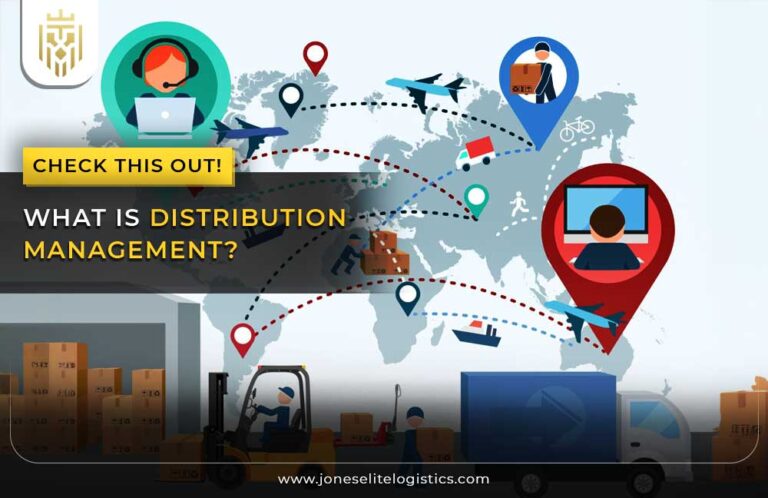What is the Semiconductor Supply Chain?
The semiconductor supply chain is a complex network involving companies responsible for every step from raw material sourcing to the final production and distribution of semiconductor chips. This intricate supply chain supports the global semiconductor industry by ensuring that essential components reach manufacturers on time.
![]()
How is the Semiconductor Supply Chain structured?
The semiconductor supply chain is structured to accommodate various manufacturing steps needed for different types of semiconductors, including automotive semiconductors, memory chips, microprocessors, and complex systems-on-a-chip (SoCs). Each stage is meticulously designed to ensure that the specific needs of the semiconductor market are met, making the supply chain robust and adaptable to changing demands.
Semiconductor Supply Chain Industry Process Flow
The semiconductor supply chain process flow includes design, manufacturing, quality control, assembly, and global distribution, ensuring that semiconductor supply meets the demands of the global semiconductor market while maintaining high standards of quality.
Design
The design phase of the semiconductor supply chain involves creating detailed specifications for various types of semiconductors. This phase utilizes Electronic Design Automation (EDA) tools and methodologies like RTL coding to describe digital systems and circuits, synthesis to turn an abstract design into a correctly implemented chip, and verification to ensure that the designs meet industry standards and the specific needs of the global semiconductor market.
Manufacture:
The manufacturing phase in the semiconductor supply chain involves the production of semiconductor chips through advanced processes like photolithography to transfer patterns from a photomask to a substrate, etching to remove excess material, and wafer fabrication to convert raw materials into semiconductor chips.

Quality Control and Assembly:
Quality control is implemented to ensure that all chips meet reliability standards through rigorous testing methods like statistical process control, to control the semiconductor’s quality, and binning, to separate semiconductors based on performance. The assembly phase involves packaging and integrating chips into electronic devices, which is vital for delivering high-quality products to the global semiconductor market.
Sales and Distribution:
Sales and distribution are key components of the semiconductor supply chain, involving the marketing and delivery of semiconductor products to global markets via outbound marketing programs and air and water logistics. Effective supply chain management tools and demand forecasting are used to ensure that the right products reach customers in the semiconductor industry on time.
What are the Challenges of Semiconductor Supply Chain?
The semiconductor supply chain comes with its set of predictable and unpredictable predicaments, such as global supply chain complexity and building visibility, which we shall explore below:
Complexity of Global Supply Chain
The global semiconductor supply chain is highly complex, involving multiple stages that require collaboration with partners across various geographical locations due to increased coordination needs, varied regulations, and high risks of disruptions. This complexity can lead to logistical challenges such as coordination difficulties, transport delays, and other increased risks in the semiconductor industry.
Demand-Supply Imbalance
Demand-supply imbalances in the semiconductor industry arise from fluctuating global demand and long production lead times. These imbalances can result in either shortages or excess inventory, disrupting the semiconductor market and affecting the supply chain’s stability.
Building supplier integration and visibility:
The complexities of preventing disruptions, managing interruptions, and ensuring data accuracy across diverse and fragmented systems cause more problems with building supplier integration and visibility. Without supplier visibility, companies risk missing parts, leading to reduced revenue, efficiency, productivity, and customer experience.
Regulation of Semiconductor Chips:
The semiconductor industry faces regulatory and other challenges, including trade wars, tariffs on raw materials like gallium and germanium, environmental risks, and technological threats like cyberattacks. These factors can lead to supply chain bottlenecks, production strains, and the need for protective IP rights and licensing agreements.
![]()
What is the future of Semiconductor Supply Chain?
The future of the semiconductor supply chain will be shaped by developments that can enhance the resilience and efficiency of global semiconductor supply chains, and they include:
Emergence of Generative AI
The rise of generative AI drives increased demand for various chips, notably high-speed network and interconnect types. AI’s need for high-bandwidth, low-latency connectivity boosts the semiconductor industry’s role in providing essential processing power, fuelling innovation, and enabling edge AI and IoT integration.
Identifying a Broader Range of Suppliers
Identifying a broad range of suppliers diversifies sources, reducing dependence on single regions or providers. This shapes a more resilient, adaptable semiconductor supply chain, fostering innovation and stabilizing future growth.
Diversification of Suppliers
Diversifying suppliers by promoting supplier diversity programs drives the inclusion of women-owned, minority-owned, and other small businesses and establishing multiple regional supply chains in the likes of Asia-Pacific, North America, and Europe reduces dependency on single sources, strengthening the semiconductor supply chain.
Digital Twin Technology
Digital twin technology allows for the creation of virtual models of the semiconductor supply chain, enabling real-time simulation and optimization for enhancing efficiency and managing risks in the global semiconductor supply chain.
FAQs
1) What is the Semiconductor Supply Chain?
The semiconductor supply chain is a complex network involving companies responsible for every step from raw material sourcing to the final production and distribution of semiconductor chips.
2) What are the challenges of Semiconductor Supply Chain?
Challenges in the semiconductor supply chain include complexity, demand-supply imbalances, supplier integration, and material regulations.
3) How is the Semiconductor Supply Chain structured?
The semiconductor supply chain is designed to accommodate diverse manufacturing steps for various semiconductor types, ensuring it meets market demands while remaining robust and adaptable.
4) What is the future of Semiconductor Supply Chain?
The future of the semiconductor supply chain will be shaped by generative AI, which optimizes design and processes, a broader and diversified supplier base to reduce risks, and digital twin technology for real-time simulation and efficiency. These advancements enhance resilience and drive innovation in the global semiconductor industry.









